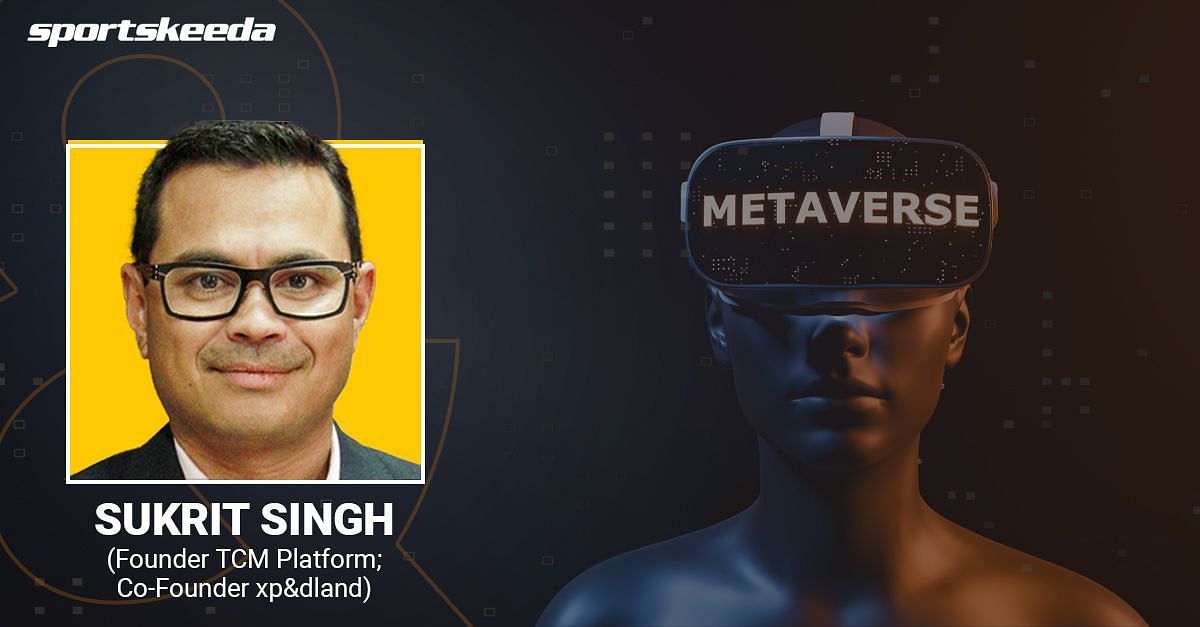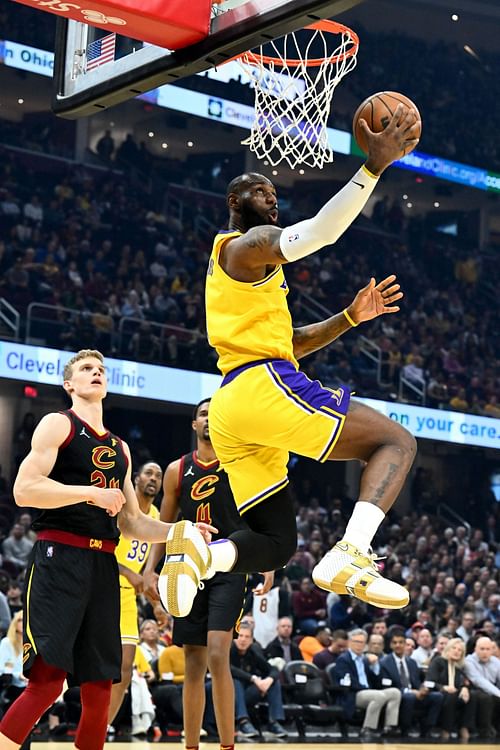
'Web3 possibilities in sport are endless': Sukrit Singh
Web3 has been a buzzword in sporting circles lately, and its effect can already be seen: from LeBron James NFTs to Gujarat Titans’ debut on the metaverse, we have come a long way in evolving our Web3 use cases in sports.
“The internet as we know, has gone through three phases, and we’ve lived those three phases,” as per Sukrit Singh, a media and communications industry veteran with over 20 years of experience.
Singh is part of the founding team of XP&DLAND and METAFORM, two entities that are helping brands embrace the immersive opportunities of Web3. Among sporting events, he has led 10 IPL opening ceremonies, South Asian Games, and Khelo India.
Web3’s unique features

Highlighting how Web3 marks the entry of a "decentralized internet" that offers ownership and anonymity, Singh pointed out:
“Web1.0 was the read-only internet. Web2 is where we are today…which is the read and write internet. Web3 is…the read, write and own internet.”
Taking note of its unique three-dimensional nature, he added:
“You are inside the internet with a wearable or as an avatar. The biggest difference is there is no physical space. It’s a social and shared space but you are not limited by physicality. So if there’s a match going on [or] a draft going on we can all be sitting there but not be there.”
Unlike Virtual Reality (VR) – frequently mentioned in the context of Web3 – the metaverse is “perpetual” unless taken down. Singh said:
“You and me can enter [a metaverse] together, which is something you cannot do in VR.”
"IPL marketing primitive at best"
Thanks to XP&DLAND, Gujarat Titans became the first IPL team to launch on the metaverse. Fans could engage in virtual meet-and-greets, take a tour of the Titans’ dugout and locker room, or explore the stadium.
So, was creating Titans’ metaverse prohibitively expensive? Singh, who is of the opinion that “IPL marketing is primitive at best,” answers to the contrary, saying:
“Costs are very reasonable. It is one-fourth of what you would do to do a Rashid Khan meet-and-greet in real life. We proposed metaverse to six IPL teams and everybody told us they had plans and no one did anything…because they don’t know what to do. Gujarat Titans was the only one who was young, who was enthusiastic, and would take that punt, and I am happy to say that we are continuing that in the future as well.”
Taking sports into the metaverse
It is not just cricket that is experimenting with Web3. Singh is already working with a “large wrestling franchise” and is bullish about “taking sports and events into the metaverse.” He said:
“Sport is about people playing and people watching…and then interacting and then engaging and then becoming fans. But while these basics remain the same, you have to adopt the human behavior of the real world to the metaverse.”
A key part of this behavior adoption involves replicating fandom in the virtual world.
NFTs and "tokenizing" fandom

Singh predicts that “fandom is going to be tokenized in the future” with the creation of various categories like “gold fan” or “silver fan” with varied rights and privileges attached to each.
The first wave of Web3 saw the emphasis on Non Fungible Tokens (NFTs) being used akin to trading cards. Asserting that NFTs need to have underlying utility, aspirational value, or a feeling of vanity or pride for their ownership to be meaningful, Singh said:
“Today, if say Liverpool Football Club is in a crisis, they can release NFTs and give ownership of the club as shares, and you can trade it [from] generation to generation to generation. A season pass to the IPL in the Motera-Narendra Modi Stadium could be an NFT that I can trade. So the possibilities of what Web3 will bring to sport are endless. Even we don’t know; we discover it every day.”
Web3 still a work in progress
From less bulky wearables to the creation of brand new metaverses, Singh says we are “1000 days away” from the Web3 of our imagination.
There also remains a natural persisting tendency among users to expect the virtual world to replicate the real world, which Singh cautions against by saying:
“The metaverse is the metaverse. The real world is the real world. They are different worlds. Now for example, the reason why we do what we do [is] because we want photorealistic avatars…I can make your avatar in five minutes or three minutes. But kids don’t think like that.”
It is this younger generation that Singh’s METAFORM venture is targeting as it builds metaverses in-house from scratch.
Since it’s early days yet, the man nicknamed "Webzero" doesn’t wish to speculate on the prospective size of the Web3 sports market. “We are going to be investing for 1000 days. We are in the evangelizing phase. So it’s not that we’ll lose money but we won’t make much money [either].”